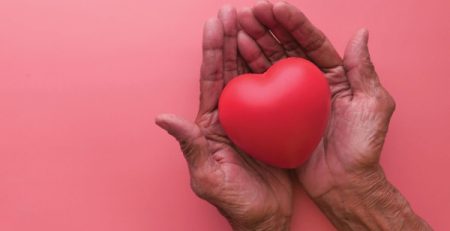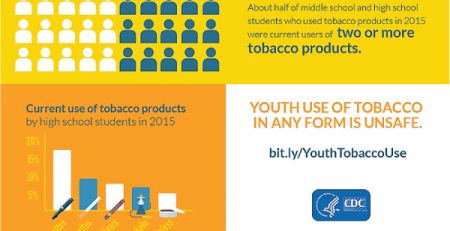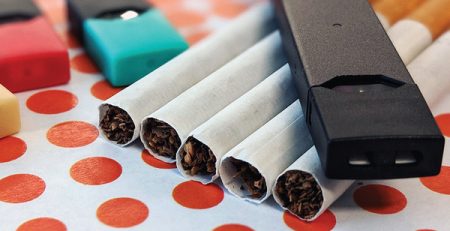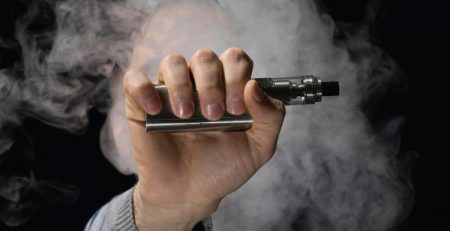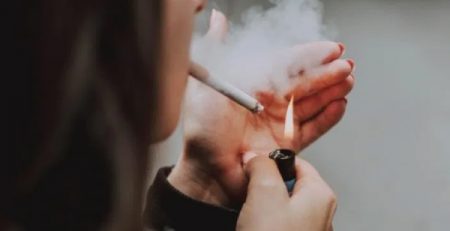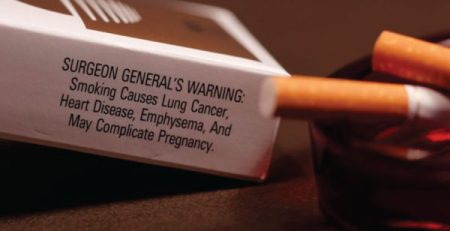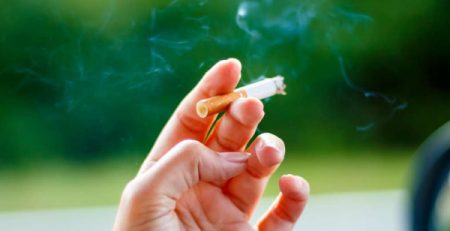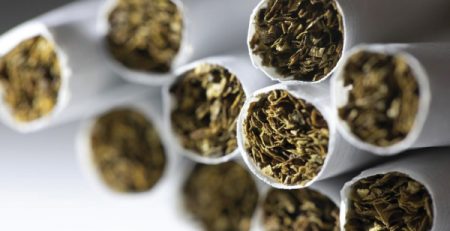Long-term trends in secondhand smoke exposure in high-rise..
Anastasiou E, Gordon T, Wyka K, et al. Long-term trends in secondhand smoke exposure in high-rise housing serving low-income residents in New York City: Three-Year Evaluation of a federal smoking ban in public housing, 2018-2021 Nicotine & Tobacco Research. ntac202, https://doi.org/10.1093/ntr/ntac202 30 August 2022
“In July 2018, the U.S. Department of Housing and Urban Development passed a rule requiring public housing authorities to implement smoke-free housing (SFH) policies. We measured secondhand smoke (SHS) exposure immediately before and repeatedly up to 36 months post-SFH policy implementation in a purposeful sample of 21 New York City (NYC) high-rise buildings (>15 floors): 10 NYC Housing Authority (NYCHA) buildings subject to the policy and 11 privately managed buildings in which most residents received housing vouchers (herein ‘Section 8’).
https://academic.oup.com/ntr/advance-article/doi/10.1093/ntr/ntac202/6679269?login=false
After three years, we observed larger declines in nicotine concentration in NYCHA hallways than in Section 8, [difference-in-difference (DID) = -1.92 µg/m 3 (95% CI –2.98, -0.87), p=0.001]. In stairwells, nicotine concentration declines were larger in NYCHA buildings, but the differences were not statistically significant [DID= -1.10 µg/m 3 (95% CI -2.40, 0.18), p=0.089].”
Declines in SHS levels “may have positive implications for improved health outcomes among those living in public housing. However, additional air quality tracking and health outcomes studies are needed.”
S. Hamann



